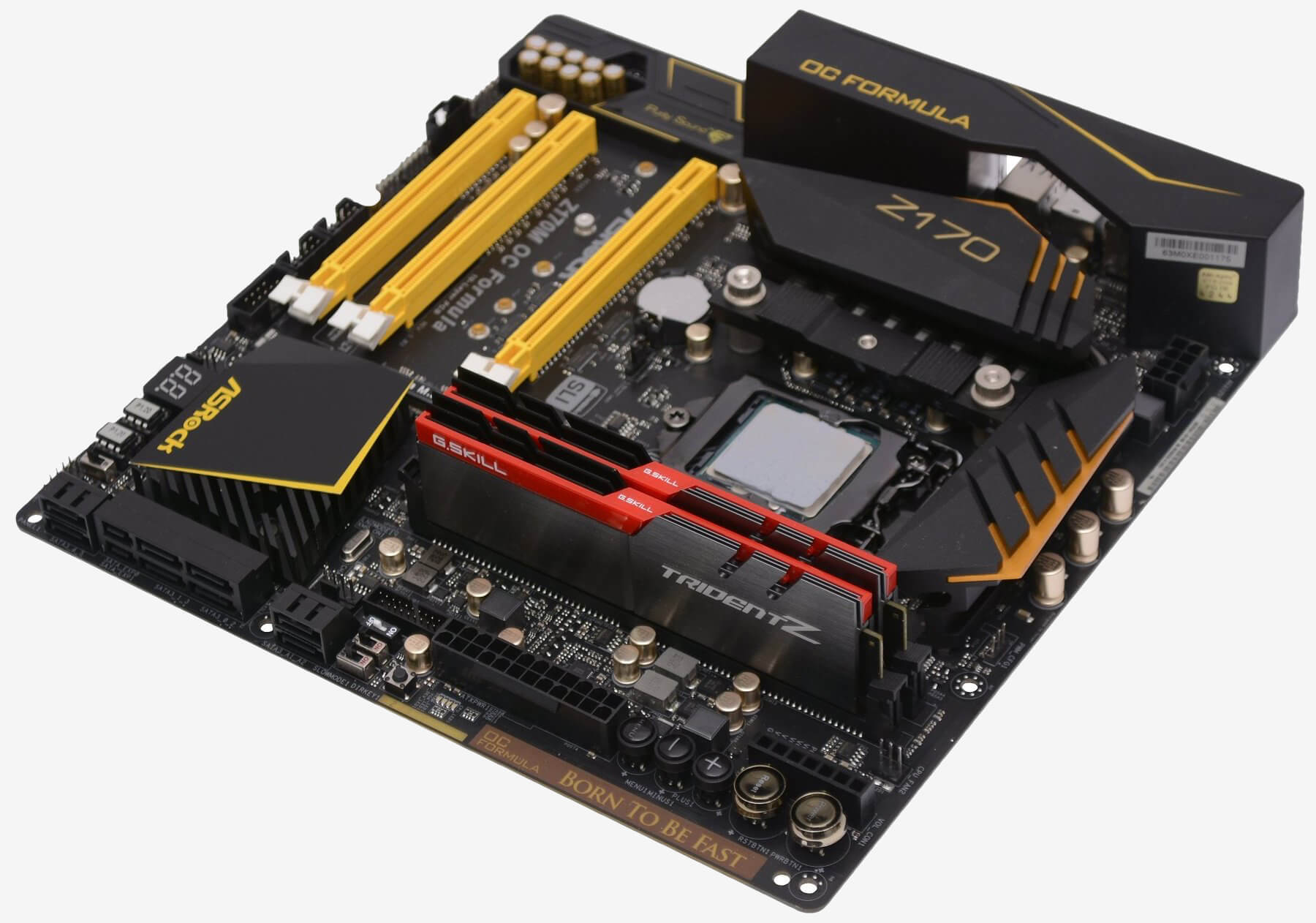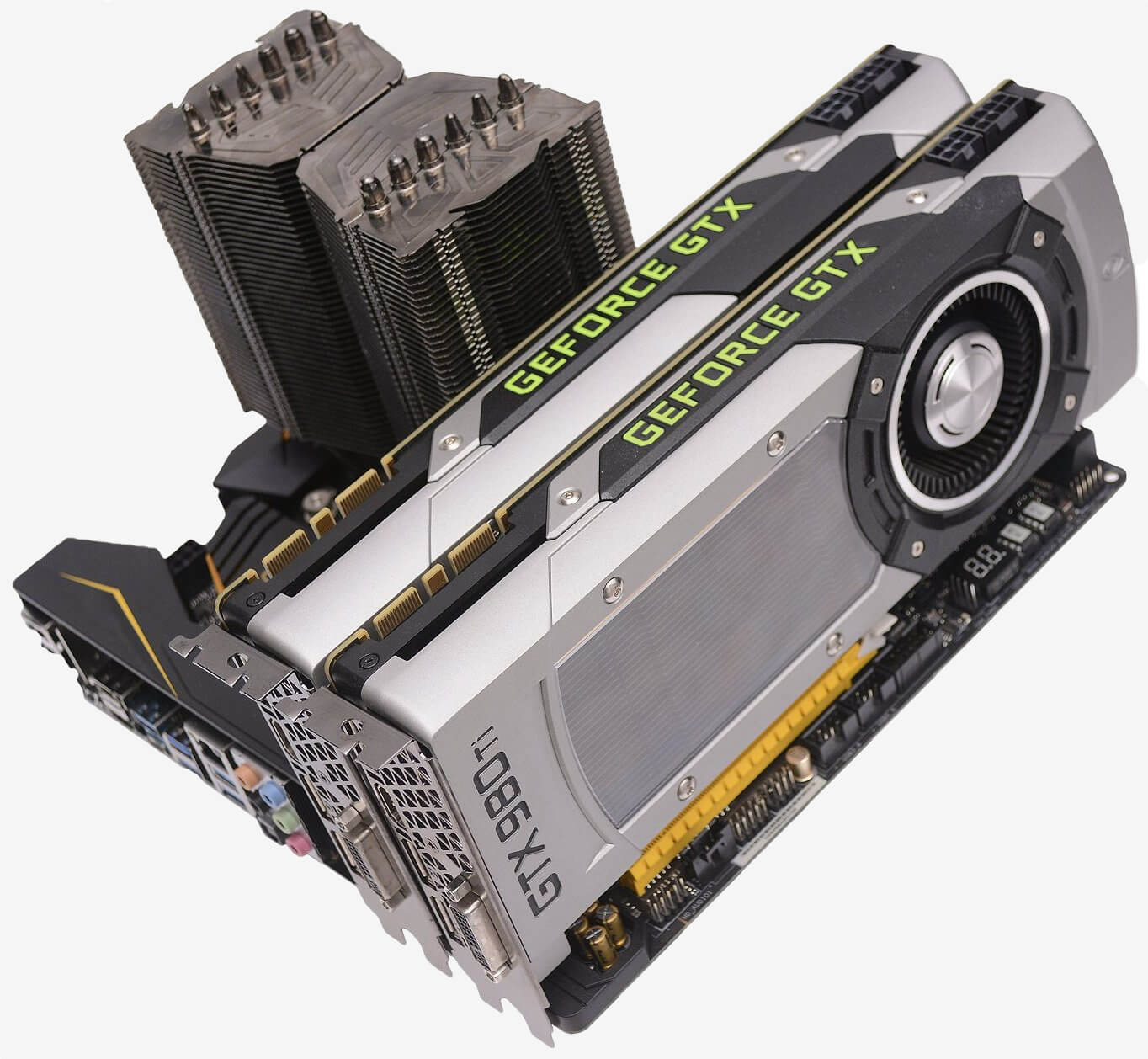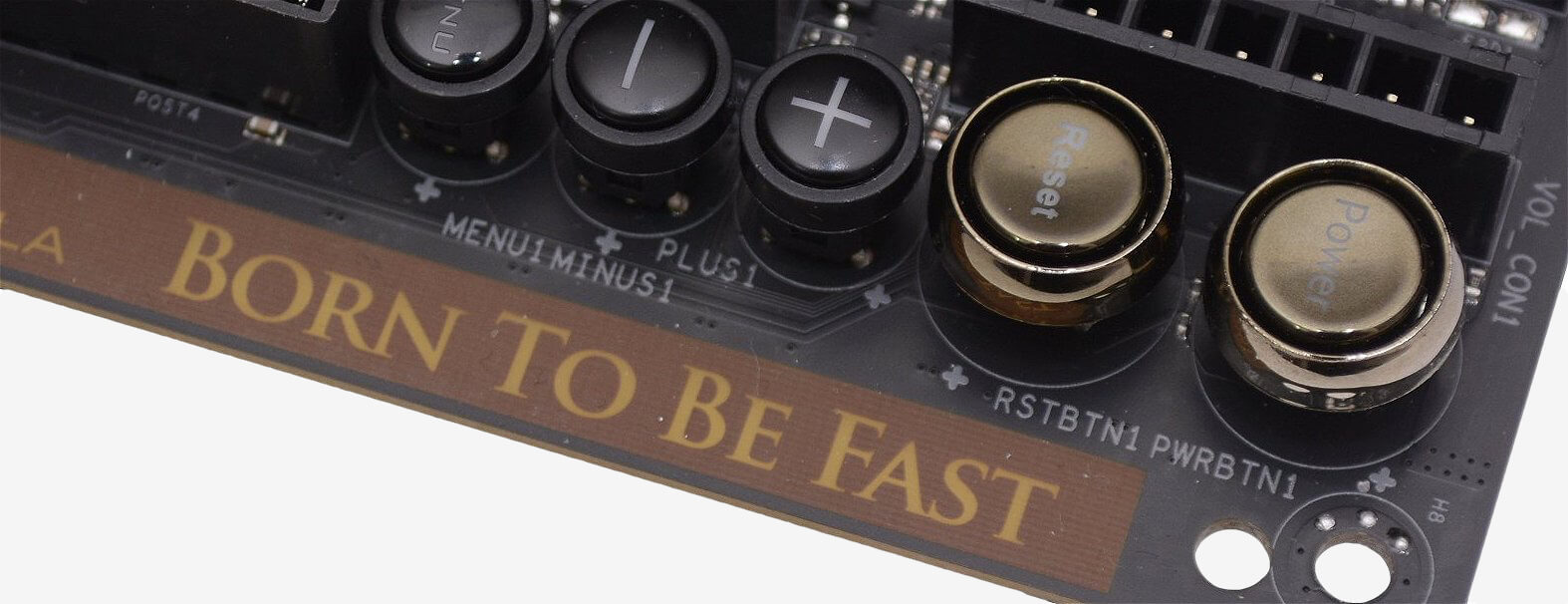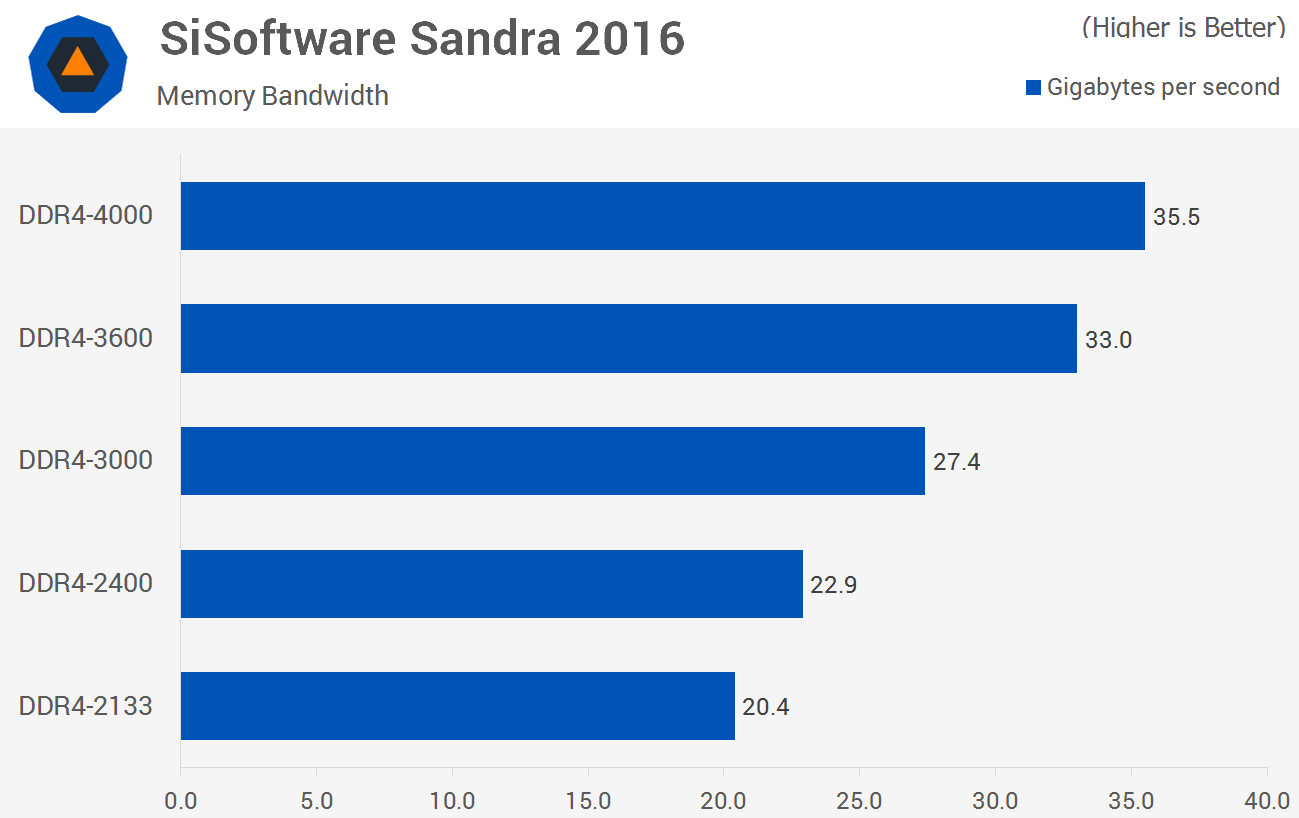Normally I don't pay much attention to e-mails that hit my inbox from manufacturers claiming that a certain motherboard can Sex On Phoneoverclock a Skylake Core i7 processor the highest, or that they have claimed the 3DMark record. They are in my mind boring marketing tactics that mean little to nothing to the consumer.
Last month I received one such e-mail from Asrock that nonetheless caught my attention. It claimed their Z170M OC Formula was the only motherboard to support G.Skill's Trident Z DDR4-4333 modules. Initially I thought, how useful is that? Are there even any benefits from running DDR4 memory on the LGA1151 platform that high?
For the most part we test using DDR4-3000, as it occasionally shows some benefits over the more typical 2400 and 2666 speeds. Going to 4000 MT/s (2000MHz) and beyond is a massive increase in frequency (and cost) and I struggled to imagine where this would be useful, particularly when gaming. Then again, curiosity had gotten the better of me...

So I asked Asrock to kindly send along one of their Z170M OC Formula motherboards. Disappointingly, G.Skill didn't have any DDR4-4333 memory available and a month later we are yet to see any go on sale, so this news report is appearing more and more like a marketing exercise.
However, G.Skill did come back and say they could provide an 8GB kit of their DDR4-4000 memory which is available for purchase. It isn't the record setting DDR4-4333 memory, but at 4000 MT/s it doesn't fall far short and will certainly give us a clear indication of whether or not this kind of high frequency memory holds any merit.

Currently there are a few DDR4-4000 memory kits available from the likes of G.Skill, Corsair and GeIL. Of those G.Skill's TridentZ modules appear to be capable of the best timings at 19-21-21-41 vs. 19-23-23-45 from Corsair, while the GeIL kits are even slacker at 19-25-25-45.
For testing we'll be using a few select applications and games comparing the Core i7-6700K at various memory speeds ranging from 2133 MT/s up to 4000 MT/s. Helping to maximize gaming performance will be a pair of GeForce GTX 980 Ti graphics cards, if they aren't able to exploit the potential of DDR4-4000 we fear nothing will be able to. With that said, let's get down to business.

|

Starting at DDR4-2133 we see a throughput of just 20.4GB/s which isn't bad but less than what we were seeing from the Haswell processors out of the box. Increasing the memory frequency to 2400 MT/s boosted the memory bandwidth by 12% to 22.9GB/s which is typically what we were first seeing from the Haswell processors.
Going from 2400 MT/s to 3000 MT/s , the speed which we regularly test at, boosted the memory bandwidth by another 20% to 27.4GB/s. Surprisingly taking the next step to 3600 MT/s boosted performance significantly yet again, this time by another 20% as we hit 33GB/s. Final stop at DDR4-4000 saw the memory bandwidth reach 35.5GB/s making it 8% faster than the 3600 MT/s configuration. While theoretical, the first benchmark shows some promise, shall we go real-world?
(Editor: {typename type="name"/})
 This is the fattest of the extremely fat bears
This is the fattest of the extremely fat bears
 Inside MORE, the Las Vegas nightclub with its own cryptocurrency
Inside MORE, the Las Vegas nightclub with its own cryptocurrency
 'Diablo 3' invades the Nintendo Switch this fall
'Diablo 3' invades the Nintendo Switch this fall
 'How to Dad' series will get your baby cleaning the house, finally
'How to Dad' series will get your baby cleaning the house, finally
 Fritz vs. Ruud 2025 livestream: Watch Madrid Open for free
Fritz vs. Ruud 2025 livestream: Watch Madrid Open for free
Creator job opportunities grew 7x in recent years [April 2025]
![Creator job opportunities grew 7x in recent years [April 2025]](http://n.sinaimg.cn/translate-19/750/w930h620/20180502/w_5b-fzyqqip9950971.jpg) If you want to be a creator, I have great news for you: There are plenty of jobs.Creators are now th
...[Details]
If you want to be a creator, I have great news for you: There are plenty of jobs.Creators are now th
...[Details]
Google's secret China censorship project shares a name with Sergey Brin's mega
 Well, this is awkward. As Google employees continue to protest their company's no-longer secret plan
...[Details]
Well, this is awkward. As Google employees continue to protest their company's no-longer secret plan
...[Details]
Archeologists find the world's oldest cheese in Egyptian tomb
 At what point is aged cheese too old to eat? A group of archeologists probably asked themselves that
...[Details]
At what point is aged cheese too old to eat? A group of archeologists probably asked themselves that
...[Details]
'Diablo 3' invades the Nintendo Switch this fall
 Diablo 3 is coming to the Nintendo Switch, making it the first Blizzard game to hit a Nintendo conso
...[Details]
Diablo 3 is coming to the Nintendo Switch, making it the first Blizzard game to hit a Nintendo conso
...[Details]
Galaxy S9+ vs Pixel 2 XL Camera
PSA: Be careful where you spit your sunflower seed shells
 Eat your messy snacks with caution: your siblings could get caught in the crossfire.The tragic proof
...[Details]
Eat your messy snacks with caution: your siblings could get caught in the crossfire.The tragic proof
...[Details]
9 best veggie burgers that don't taste like absolute trash
 Though it can be a challenge to give up meat in favor of a veggie-based lifestyle, your tastebuds do
...[Details]
Though it can be a challenge to give up meat in favor of a veggie-based lifestyle, your tastebuds do
...[Details]
Instagram is investigating hacks, promises new security features
 Instagram says it is "aware that some people are having difficulty accessing their Instagram account
...[Details]
Instagram says it is "aware that some people are having difficulty accessing their Instagram account
...[Details]
The best day to book your flight, according to Google
 Flying is expensive, and people are always looking for hacks to get a good deal. Luckily for those p
...[Details]
Flying is expensive, and people are always looking for hacks to get a good deal. Luckily for those p
...[Details]
Elon Musk opens up about the personal toll Tesla is taking on him
 Tesla and its CEO Elon Musk has been under a whole lot of under pressure lately, with production roa
...[Details]
Tesla and its CEO Elon Musk has been under a whole lot of under pressure lately, with production roa
...[Details]
Best IPL deal: Save $80 on Braun IPL Silk·Expert

Elon Musk's Boring Company wants to build a tunnel to Doger Stadium

接受PR>=1、BR>=1,流量相当,内容相关类链接。